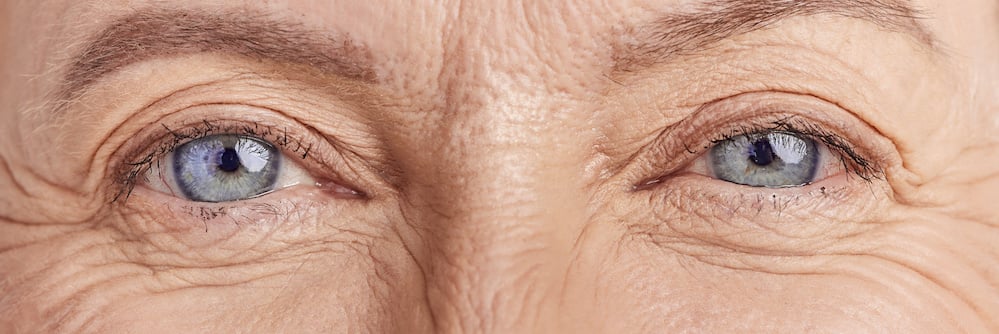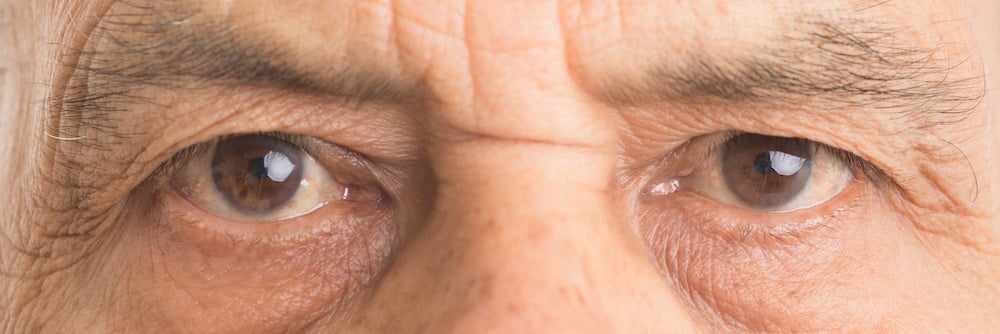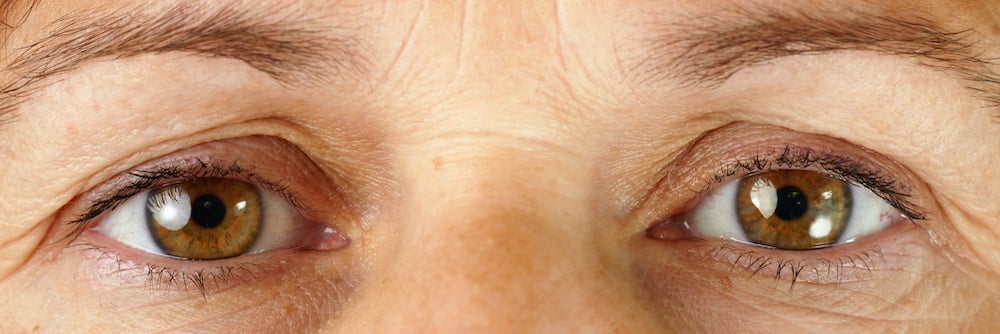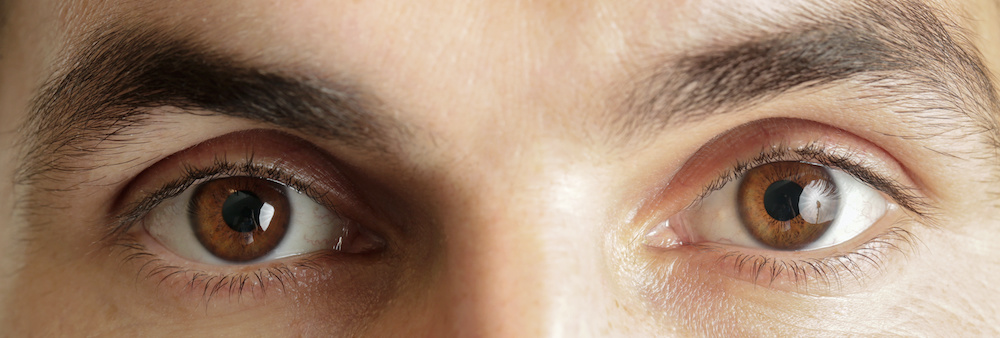Alzheimer's Disease
Eye tracking helps to make cognitive assessment and prediction of disease progression
Studies found that more than 50% of children with tumors in the brainstem show neuro-ophthalomological symptoms1. Signs present mostly in the efferent visual system. Tumors close to the optic chiasm rather affect the afferent visual system. Therefore, a full neuro-ophthalmological examination by a specialist, is necessary and sufficient for the detection of these signs.
In some cases, neuro-ophthalmological symptoms and signs are the first manifestation of malignant tumors. A systematic review and meta-analysis showed that neurophthalmological signs are present in more than 50% of children with brainstem tumors: 52% of the children with brainstem tumors had cranial nerve palsies and 19% had squint1. In addition, 41% of the children with intracranial tumor and neurofibramatosis had reduced visual acuity, 21% with supratentorial tumors had papilloedema and 21% had abnormal eye movements, and 21% of the children with central brain tumors had squint1. They concluded that assessment of any child who presents with symptoms and signs that could result from a CNS tumor should include a thorough visual and motor system examination.
Nonfunctioning pituitary adenomas (NFPAs) have a high incidence of both optic atrophy and visual field defects2. In fact, studies show that NFPAs have a 60% incidence of visual field defects2, 3. The Congress of Neurological Surgeons Systematic Review and Guidelines has recognized that ophthalmologic evaluation can identify patients with asymptomatic visual deficits and may also provide prognostic factors for recovery2. They recommend automated static perimetry for early detection of visual field deficits, many of which the patient will be unaware of, in patients with NFPAs. Automated static perimetry will often pick up subtle bitemporal visual field defects, less commonly homonymous defects, and infrequently arcuate defects characteristic of optic nerve pathology.2
Wilne S, Collier J, Kennedy C, Koller K, Grundy R, Walker D. Presentation of childhood CNS tumours: a systematic review and meta-analysis. Lancet Oncol. 2007;8(8):685-695. doi:10.1016/S1470-2045(07)70207-3
Neurological diseases may affect vision, pupils, and oculomotor function. See the below articles about other neurological diseases.

Eye tracking helps to make cognitive assessment and prediction of disease progression

Oculomotor examinations help differentiate parkinsonian syndroms.

Eye movement disturbances are present in upt o 75% of MS patients.

Ophthalmologic signs and symptoms may be a warning sign of a stroke.